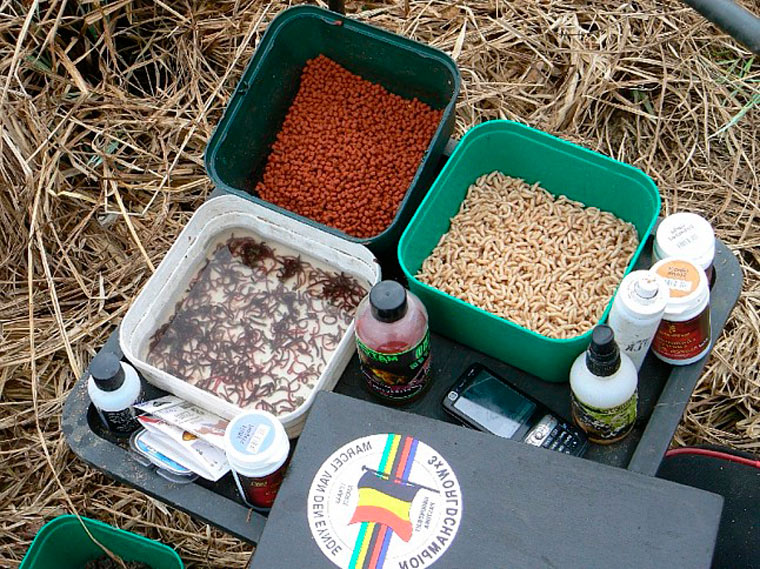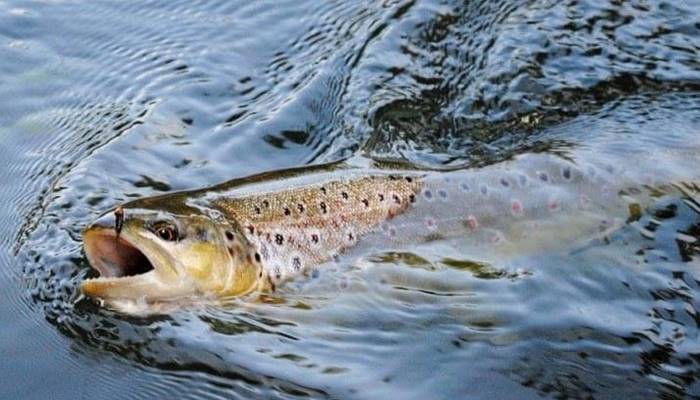Roach (soroga, path) lives almost everywhere in Russia, despite the relatively small size of the soroga, it is always a desirable trophy for a fisherman. To catch a roach on a float, you need to know well its habits, habitats and the methods used to mount the float tackle.
- Meet the beautiful roach
- Fishing rod equipment for roach fishing
- Fishing line
- How to choose a float for roach
- Choosing a float tackle
- Fly fishing rod
- Bologna fishing rod
- Match rod
- Plug fishing rod
- How to properly equip a float rod for catching roach in the current
- Tackle for ponds without flow
- Tackle for fishing roach from a boat with and without current
- How to catch on the current
- How to fish roach in ponds and bodies of water without flow
- Interesting to know – types of roach
- Experienced tips and secrets
- Поделиться ссылкой:
Meet the beautiful roach
Roach spawns when the water temperature reaches 10 degrees. For the birth of offspring, the fish does not leave its traditional habitat. Roach loves when the water is warm, in early spring in April it moves to shallow places near the shore, where it becomes available for fishing with a fishing rod and a float. The sorghi bite continues from sunrise to sunset. If the fish is
properly fed , then it can be found near the coast and later. In the summertime, you can get a good catch when fishing for roach from a boat. In most cases, the fish swims near the shore near the thickets of vegetation. She prefers depths of 1.5 to 5 m. Often roach can be found near a submerged tree, edge or scythe.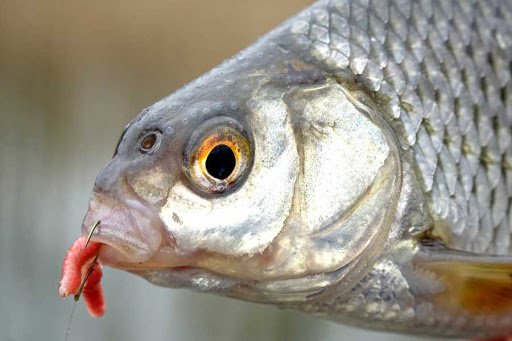
Fishing rod equipment for roach fishing
Using a float rod is considered to be the most effective way to catch roach in the summer. It should be lightweight, durable, comfortable and sensitive. The bite is usually active, so you have to cast the tackle regularly. The less the rig weighs, the less effort you have to spend on it.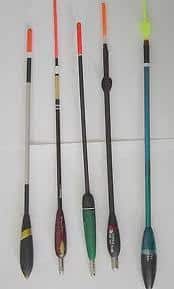
Fishing line
To catch specimens of 200-300 grams, a thin and inconspicuous fishing line is needed. For this, a monofilament line with a thickness of 0.14-0.16 mm is suitable. Braid is not used for these purposes. In spring, the water is especially clear, if the roach spot the line, it can scare them. Therefore, for fishing roach
in the spring, you need to choose a line with a colorless base. In the
summertimethe water turns green, so greenish fishing line can also be used. For a leash, it should be thinner. You need to take a monofilament line with a thickness of 0.08-0.12 mm. Large hooks are not used for fishing. NN 14-20 are suitable (according to the European classification). When choosing a nozzle, you need to remember that it should hide the hook almost completely. It is allowed that only its sharp tip is visible. Roach is well caught with
bloodworm or maggot baits. When choosing the color of the hook, you need to take into account that it can affect the bite. But this is difficult to predict in advance. Therefore, it is recommended to keep in stock both dark, white and colored hooks.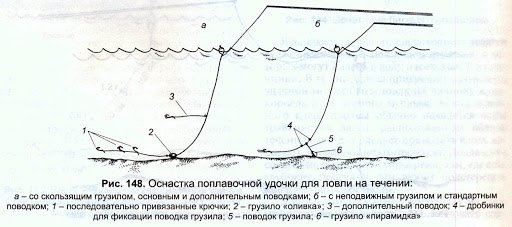
How to choose a float for roach
The float is used to perform two functions: it signals a bite and allows you to hold the hook at the desired depth. Its design includes the following elements:
- antenna;
- body;
- keel;
- attachment to the fishing line.
The antenna must match the size of the nozzle. It should provide excellent visibility of the bite. A thin antenna is used when fishing for maggots or bloodworms, when using any grain bait (
corn ,
barley ). The thick antenna is suitable for catching sorogi on water bodies without a current when used as a dough, corn, worm nozzle.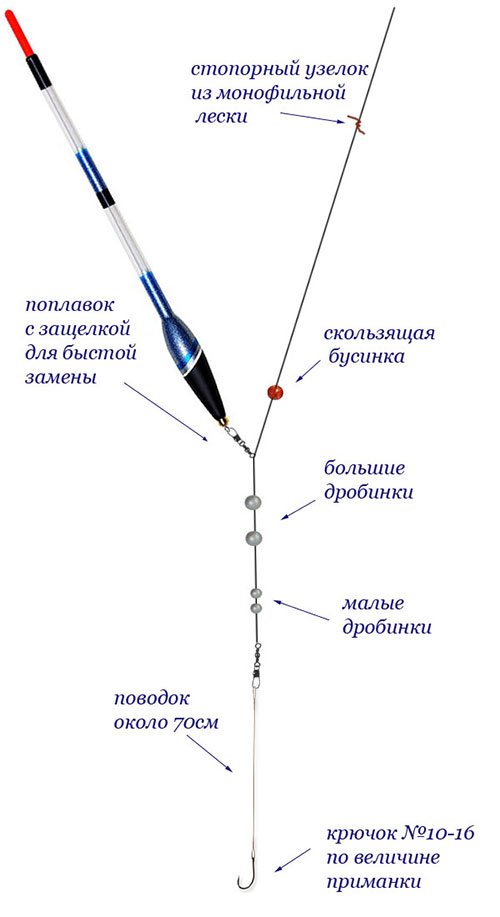
Choosing a float tackle
To choose the appropriate float tackle option, you need to take into account the fishing location and weather conditions. Beginners often prefer swing and match, more advanced anglers prefer the Bolognese rod.
Fly fishing rod
The
fly rod does not use a reel. This is one of the more popular options. The line is attached at the end of the rod. It is believed that it should not exceed twice the length of the rod. The max is used for fishing from the bank in quiet backwaters. There are several options for such rods. More often used are those that have a length of 5-7 meters. Fishing roach with a fly rod – video of the process: https://youtu.be/n7g9tRrdZmA
Bologna fishing rod
The
Bolognese gear there is a place to attach the coil and several rings, attached to the rod along the entire length. The tackle is considered to be the most biting, the reel allows for long casts. It is actively used when fishing for roach in summer on rivers with strong currents.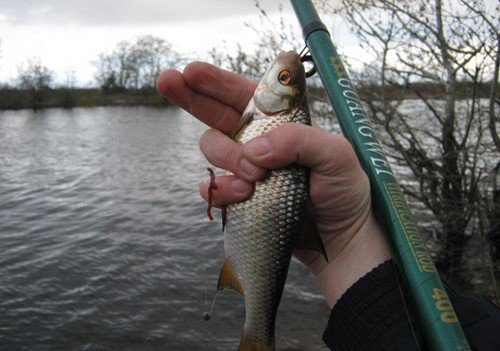
Match rod
The match rod is short and stiff. Can be telescopic or plug-in. Especially effective for long distance casts in stagnant water. A convenient tackle for fishing in strong wind or rain.
Plug fishing rod
Such a rod is considered effective in some cases. It can be of considerable length and yet be very light. For example, a 13-meter rod weighs only 700 grams. This is due to the fact that the rod is made of composite materials. The last section is made in the form of a telescopic structure, in contrast to the rest – the plug part. When connecting the rig, rubber shock absorbers are used, which provide high sensitivity to bite. This design allows you to very accurately cast the rod and accurately hit the spot corresponding to the bait area
. This rod is used for fishing in stagnant waters.
How to properly equip a float rod for catching roach in the current
Tackle for fishing on the current consists of the following elements:
- Float weighing 1.5 grams.
- A small weight of 1.2 grams.
- 4 podpaska (small weights) weighing 0.2 grams.
- 3 supplements, 0.1 gram each.
- Hook No. 8-10.
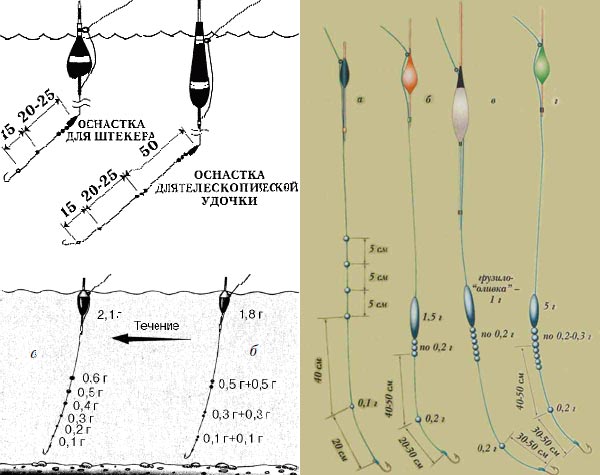
- The float is fixed with two cambric.
- A sinker is attached below the float.
- Tie a leash with a hook attached to it.
- Larger trays are installed on the line in pairs. Inside each, there is a distance of 2-3 cm.
- On a leash, evenly put the padding 0.1 gram. The bottom one should be 10 cm from the hook.
After that, the tackle will be ready for fishing. Fishing for roach on a float on a fast current (choice of float, load, fishing process and secrets from an experienced angler): https://youtu.be/F-WTearuDZU
Tackle for ponds without flow
When fishing in stagnant water, the tackle should be light and invisible. You can, for example, collect the tackle in this way:
- Bolognese fishing rod with a rod of 4-5 meters;
- you can use a spinning reel with a 2000 Shimano spool;
- a line of 0.16 mm is suitable;
- hooks NN 16-18;
- weight 5 grams.
The tackle is knitted in a similar way, after which you can start fishing.
Tackle for fishing roach from a boat with and without current
For fishing from a boat, almost the same equipment is used as for fishing from the shore. The only difference is that the length of the rod should be 3-4 meters. Roach stops on small rivers: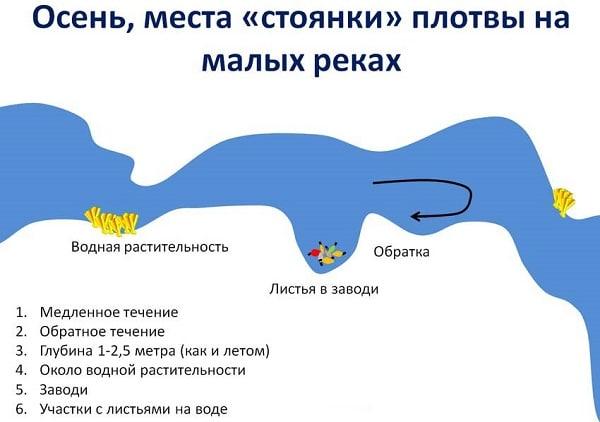
How to catch on the current
Feeding begins at the very beginning of fishing. Performing the
process of feeding roachon the flow has its own characteristics. It is recommended to use components that create a cloud underwater. They must be placed in a metal grid and put a stone there, and then lowered near the boat, or let the current pull the impromptu feeder a little lower. After the top dressing is thrown to the right place, the current will wash out the food and carry it further downstream. The roach will find food and want to find its source. To do this, she will swim to the location of the feeding. The fisherman throws the line and lets the bait swim to the bottom critical point. Then he picks up the rod and casts in the same way again. When biting, it hooks up or towards the shore. The depth of the wiring is adjusted by changing the position of the float. The wiring can be carried out with a uniform support or with a rigid one: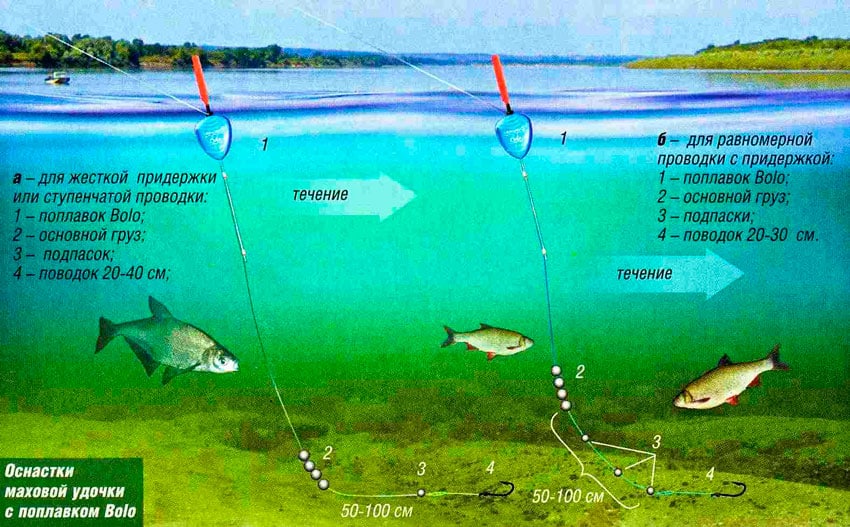
How to fish roach in ponds and bodies of water without flow
The bait is mixed with clay and dropped several times in the same place. It is recommended to toss the feeding balls every 10 minutes. When fishing on ponds without a current, they determine the places suitable for parking the fish and cast the fishing rod after preliminary bait. By adjusting the position of the float, different depths are caught, determining the most promising. In stagnant water, you need to look for the following places:
- They have a depth of up to 6 meters with bottom drops.
- Near the mouth of rivers or streams.
- Bottom pits or ditches.
- Small elevations of the bottom in a place far from the coast.
- Places near water lilies.
There are higher chances of a good catch here.
Interesting to know – types of roach
There are several types of roach:
- The common roach is the most common species. It reaches a length of 30 cm.
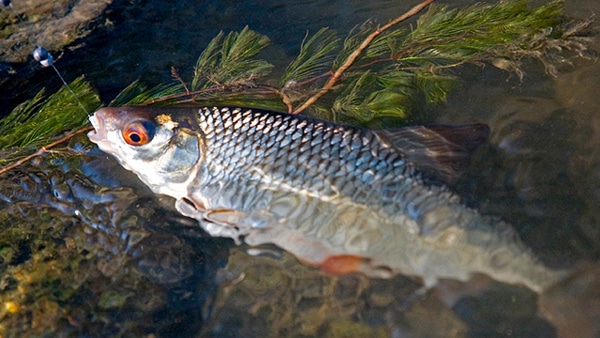
- Chebak is the only variety that is mined on an industrial scale. This fish is also called Siberian roach. This species grows and multiplies faster than others. Inhabits both stagnant and running water, but loves the latter more. It swims in flocks, so you can usually count on a big catch. They are often caught in small areas of water bodies.
- The Aral roach is found in the basins of the Amu Darya and Syr Darya. It is a schooling fish. This is one of the most abundant fish in Central Asian reservoirs. It mainly lives in steppe lakes. Weight in special cases reaches 1.2 kg, but usually much less. Often prefers deep places. It becomes less active from mid-October to spring.
- The Caspian vobla goes to the Volga for spawning and wintering, spending the rest of the time in the Caspian Sea. It is larger in comparison with river roach. It is a commercial fish in the lower reaches of the Volga. It is an endemic species of the Caspian Sea. This is a bottom fish that swims in schools. For spawning in the Volga, it finds places with a depth of 10 to 70 cm.
- The Azov-Black Sea ram can sometimes reach 50 cm in length. It is slightly larger compared to the common roach. It mainly lives in the sea, and goes to the Kuban and other rivers for spawning.
The habits of different species differ slightly, but they exist, and this is important to take into account when fishing.
Experienced tips and secrets
In winter, for catching a magpie, winter float gear is used, respectively
. In warm seasons, roach is caught in open water with float tackle starting from the time when the buds begin to swell in spring in April and continue until late autumn in November. When the water gets too cold, it becomes more difficult to catch the roach to the point of ice formation. You only need to use sharp hooks. If there are signs of dullness, they must be changed. Failure to do so increases the risk of the fish falling off the hook. During the heat of the day, roach hides in underwater thickets and shelters to wait it out. On such days, in the morning and in the evening, she is actively looking for food. It is at this time that the biting will be especially good.

